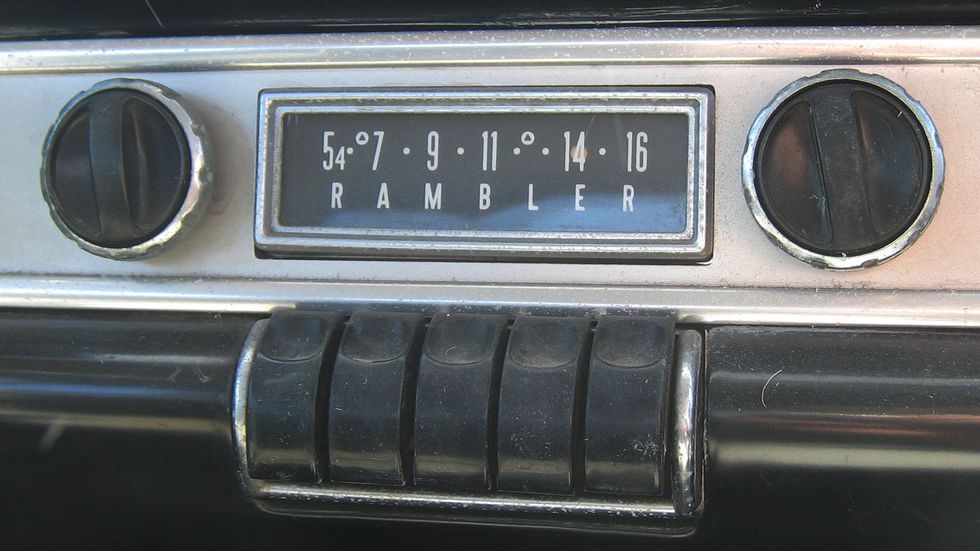Research uncovered some interesting facts about Almanacs and this particular one, The Old Farmer’s Almanac.
By definition, an Almanac records and predicts astronomical events and the weather. In 17th century England, Almanacs were second only to the bible in sales. Its popularity carried over to America with the colonists. First printed in 1792, The Old Farmer’s Almanac
is the oldest continuously published periodical in North America. Its distinctive cover, which includes an image of Benjamin Franklin, publisher of Poor Richard’s Almanack
from 1732 to 1758, and Robert B. Thomas, the original editor and publisher of The Old Farmer’s Almanac, has been in place since 1851. The book's long-term weather forecasts were intended to help farmers plan for seeding and harvesting and the astronomical charts for those interested in the majesty of the night sky and its various planets, eclipses, and meteor showers.
Although scientists say it’s nearly impossible to accurately predict the weather months in advance, for decades the publishers of Old Farmer’s
claimed their prognostications were 80 percent accurate. The weather formula first created by Robert B. Thomas is a company secret and is locked away in a black tin box at the book’s offices in Dublin, New Hampshire. Eight or nine years ago Old Farmer’s
weather accuracy figure slipped into the low seventies. The group of meteorologists it relies on to assist them in their predictions got together to tweak the secret formula and bring it in line with the impacts of climate change. Last year they improved to 78.5 percent accuracy in their forecast and hope to return to 80 percent this year.
I never asked Pap why he kept a copy of the book around. I don't remember him having much interest in the stars, although he would occasionally consult an astrological chart for recommendations on the day’s lucky numbers before playing the daily number. He wasn’t a farmer, but maybe he was more serious about his handful of tomato and cucumber plants than I thought. He never missed a nightly newscast, demanding complete silence when the weatherman appeared. But maybe he liked to look further ahead than the few days the guy in the loud sportscoat and poorly fitted toupee was able to commit too.
My interest in astronomy is limited to asking if there's a full moon to explain someone's erratic behavior. I never farmed, and the only thing I'm able to grow successfully is bread mold. I used to rely on local news broadcasts for the weather, but why torture myself with those when I can simply open a weather app on my phone anytime I’m interested. The long-range forecast doesn't particularly interest me. I usually assume the black and brown bands of color on the wooly caterpillars I see on my walks are as good an indication as any. More brown than black, a milder winter, more black than brown, colder and snowier. I don't play the daily number, but when I take a chance on the lottery, I let the computer pick my numbers.
I wonder if my grandfather bought the book for the same reason I did? Because his grandfather kept one close at hand. I thought about this as I laid the book down next to my chair. This is where my grandson sits while watching videos on my iPad. He's bright and curious, so I'm sure he'll pick the book up and leaf through on one of his visits. Then years from now, maybe he'll walk through a bookstore and see the unique cover and pick up a copy.
Forget weather, astronomy, planting cycles and hearing aids. I may have discovered why The Old Farmer’s Almanac
hasn't changed its cover in 170 years and still sells two hundred and thirty years after its first printing.



